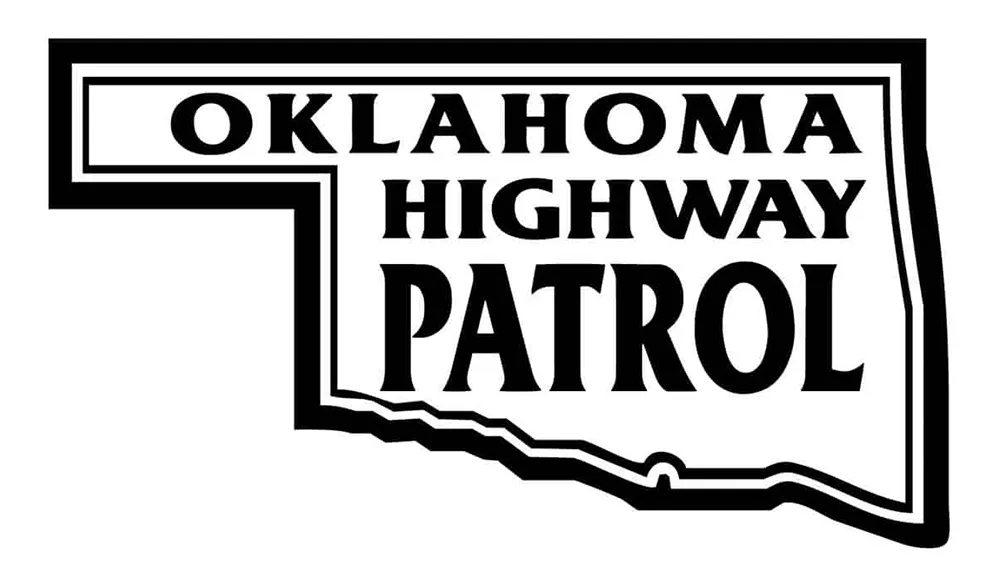AAA urges motorists to slow down
OKLAHOMA CITY — From city streets to rural highways, speeding has become a growing threat on America’s roadways. Crash data shows passengers, pedestrians and drivers of other vehicles are being put at risk as well as the speeding driver. For the past two decades, speeding has been a factor in about one-third of all motor vehicle fatalities, according to the National Highway Traffic Safety Administration (NHTSA).
While speeding is considered a form of aggressive driving, its causes aren’t limited to rage behind the wheel.
Get our free daily text update and breakings news alerts. Click HERE to sign up.
“Too many drivers think speeding is harmless. They habitually drive above the posted speed limit and don’t see the dangers of speeding through red lights and crosswalks or racing past roadside workers,” says Rylie Fletcher, public affairs manager, AAA Oklahoma. “But the lives lost due to speeding-related traffic crashes are a horrific reminder of what can result when motorists exchange safe driving for potentially reaching their destination a few minutes early. It can be a deadly and costly trade.”
Research confirms many motorists don’t see going over the posted speed limit as bad driving behavior or at least not a habit that threatens the safety of other road users.
The most recent AAA Foundation for Traffic Safety’s Traffic Safety Culture Index found that while a majority of respondents believe driving through a red light (83%) or driving aggressively (89%) is very or extremely dangerous, that wasn’t the case when the same question was posed about speeding.
In contrast to other bad driving behaviors, fewer drivers saw speeding as a dangerous activity, with just 61% of respondents believing that driving 10 mph over the speed limit on residential streets is very or extremely dangerous. Only 47% of respondents believed speeding 15 mph over the speed limit on freeways is very or extremely dangerous.
The problems speeding causes are not limited to one state or region, according to national crash data. Out of the 42,939 traffic fatalities across the nation in 2021, NHTSA data shows that 29% of them were due to speeding-related crashes. The agency considers a traffic crash to be speeding-related if any driver in the crash was charged with a speeding-related offense or if a police officer indicated that racing, driving too fast for conditions, or exceeding the posted speed limit was a contributing factor in the crash.
Effects of the pandemic
The International Institute of Highway Safety (IIHS) believes the problem with speeding can be traced back to the pandemic. The absence of rush-hour traffic prompted drivers to lean harder on the gas pedal with a clear lane ahead. Unfortunately, national statistics show the habit of speeding stuck around even after traffic returned to pre-pandemic levels. Higher travel speeds have persisted, along with other forms of risky driving.
NHTSA analysis confirms that speeding has become both more common and more extreme since the public health emergency declaration in March 2020. Average speeds increased during the last three quarters of that year, and extreme speeds of 20 miles per hour or more above the posted speed limit became more prevalent. In addition, speeding-related fatalities rose by an estimated 11%.
NHTSA also reports that the difference in speed between the fastest 1% of vehicles on the road and the slowest 1% narrowed from approximately 10 mph in 2019 to less than 5 mph after March 2020. In addition, the speed of the fastest 1% of vehicles was higher during the study period of January through June 2021 than during 2019, both in urban as well as rural areas.
Rural and urban roadways
While it may seem logical that the greater incidence of speeding-related fatalities occur on highways, where posted speed limits are already higher than on urban streets, research shows that isn’t necessarily the case.
A study released by the AAA Foundation for Traffic Safety in 2022 found speeding-related fatalities on urban roadways have been trending upward as far back as 2010, with nearly half of speeding-related urban fatalities occurring on streets with speed limits of 35 mph or lower and one out of five fatalities involving angle collisions. The study also found 38% of speeding-related fatalities occurred near interchange areas.
AAA’s research found that a majority of victims were drivers of the speeding vehicle, with male and/or young adults overrepresented. However, other road users were often injured fatally as well, including pedestrians, bicyclists, passengers in speeding vehicles, and occupants in other vehicles. Fatalities that occurred in other vehicles involved in a speeding-related crash tended to occur on higher-speed roads, while non-motorist fatalities occurred most often on lower-speed roads.
One of the factors contributing to the increased number of speeding-related fatalities on urban roadways is the death of pedestrians and other non-motorized road users. In addition to the victim’s age, the speed at which a vehicle is traveling when it strikes a pedestrian has a profound impact on survivability. AAA Foundation for Traffic Safety research found that the average risk of severe injury to a pedestrian struck by a vehicle jumps from 24% at 23 mph to 90% at 46 mph. The risk of death climbs from 10% at 23 mph to 50% at 42 mph.
A NHTSA study released in 2023 confirmed urban and rural areas suffer nearly the same level of speeding-related fatalities, with 28% of speed-related fatalities occurring in rural areas and 29% happening in urban areas, according to analysis of 2021 vehicle crash data.
Why the need for speed?
Research from AAA and NHTSA point to a number of factors that likely contribute to speeding:
- Changes in driving behaviors. As noted previously, a number of poor driving behaviors, including speeding, became more common during the pandemic, when fewer drivers were on the road. Unfortunately, those bad behaviors continue today.
- Running late. Drivers often excuse their behavior with the excuse that they have a long list of places to go and are running late to their next appointment or activity, so they speed in an effort to “make up the time.” In reality, they are likely only to shave off a few minutes in reaching their destination, at best.
- Anonymity. Within the confines of their vehicles, some drivers feel detached from the outside world. This can leave them less concerned with the safety of others and overconfident in their own driving skills.
- Traffic congestion. Slowdowns are annoying for all, but some drivers become angry, leading to a whole host of aggressive driving behaviors, including speeding as well as tailgating and abrupt lane changes.
- Disregard for the law. As human behaviors behind the wheel continue to evolve, it can become more commonplace to have less regard for law enforcement and fellow citizens, as drivers “look out for number one.”
“Drivers should consider whether any of these scenarios are contributing to their own habit of driving above the speed limit and if so, take action to correct it,” Fletcher says. “Speeding is not a harmless driving behavior and the consequences can be grave.”
Avoiding speeding-related crashes
Although it isn’t possible to control another driver’s behavior, there are steps you can take to avoid becoming a victim of a speeding-related crash. AAA has these tips when encountering speeding motorists:
- Let the vehicle pass. It isn’t your job to police other drivers. If you are in the left lane and a vehicle is tailgating you, move over when safe to do so and let them pass.
- Give speeding drivers plenty of space. Going over the speed limit or driving too fast for conditions reduces a driver’s ability to safely maneuver their vehicle. Give speeding drivers plenty of room because they can lose control of their vehicle more easily, potentially striking other vehicles and pedestrians.
- Adjust your driving accordingly. Speeding is tied to aggressive driving. If a speeding driver is tailgating you or trying to engage you in risky driving, safely steer your vehicle out of the way and let them move on.
- Call 911 if you’re threatened. Drivers who are speeding can be reported to local police, but if a driver threatens or attacks you, call 911 immediately. As with any aggressive driving situation, do not make eye contact or engage in any way. Drive to the nearest police station, fire station, convenience store or other public location with witnesses. Never drive home with an aggressor following you.
“Speeding is considered a form of aggressive driving behavior. While habitual speeders may believe their actions are harmless, the number of lives lost each year from speeding-related crashes tells us otherwise,” says Fletcher. “Keep your focus on the road and the posted speed limit. Also, be sure you slow down further during inclement weather so you can safely control your vehicle when road surfaces and visibility are less than ideal.”
Get more with our daily newsletter, now free except for Thursday’s special edition. Subscribe now and never miss one of our stories.
Discover more from leflorecountyjournal
Subscribe to get the latest posts sent to your email.



